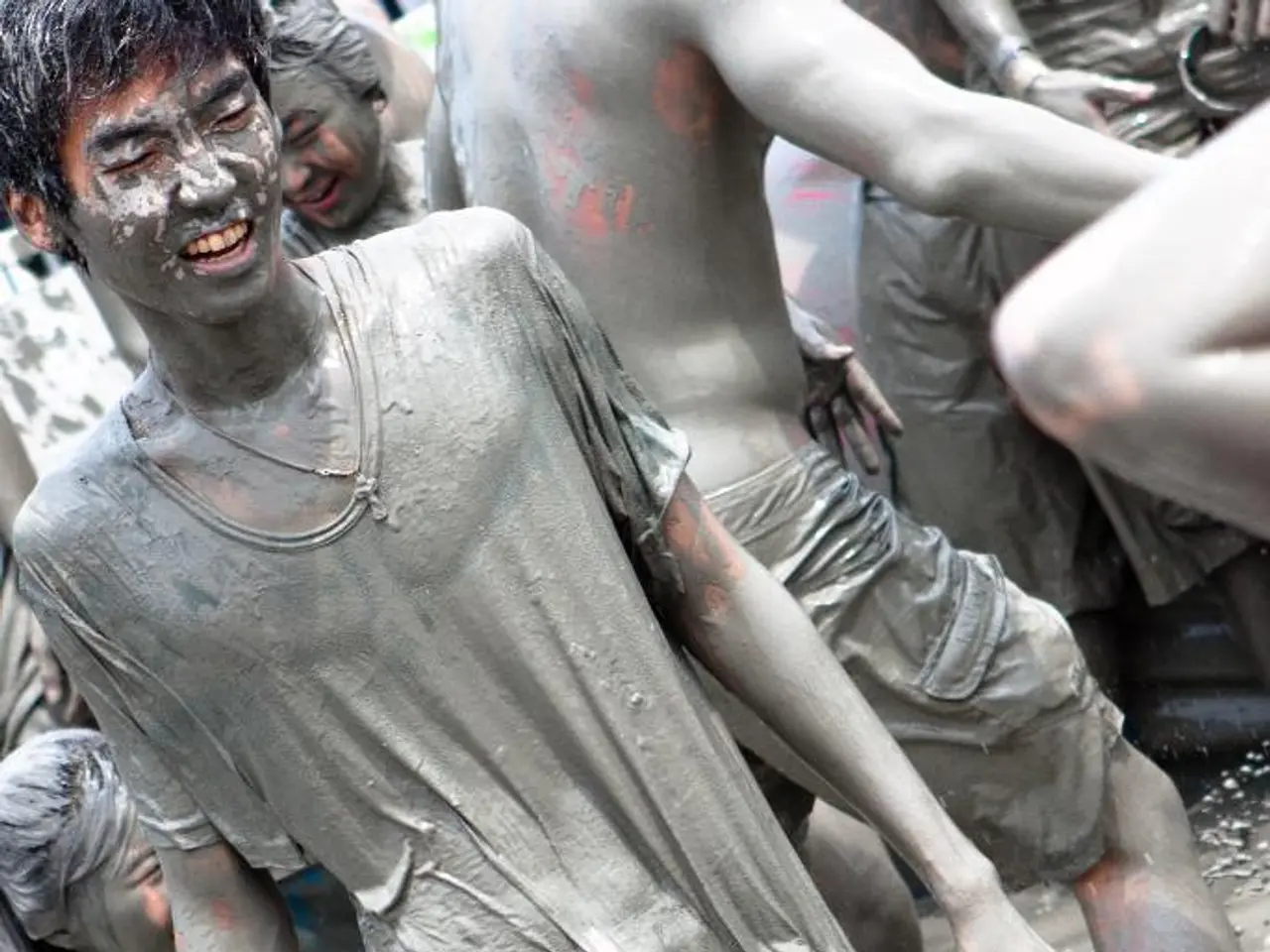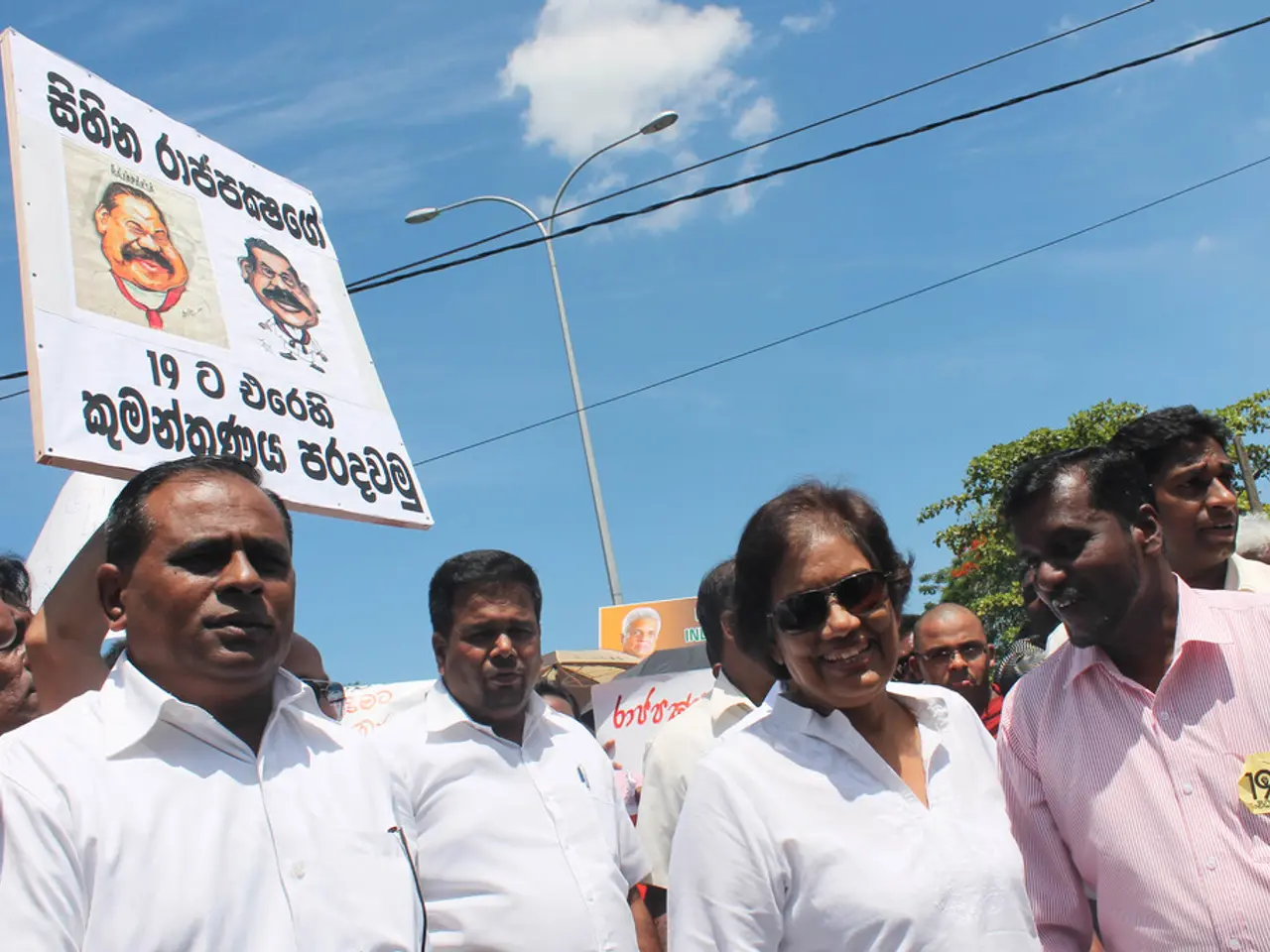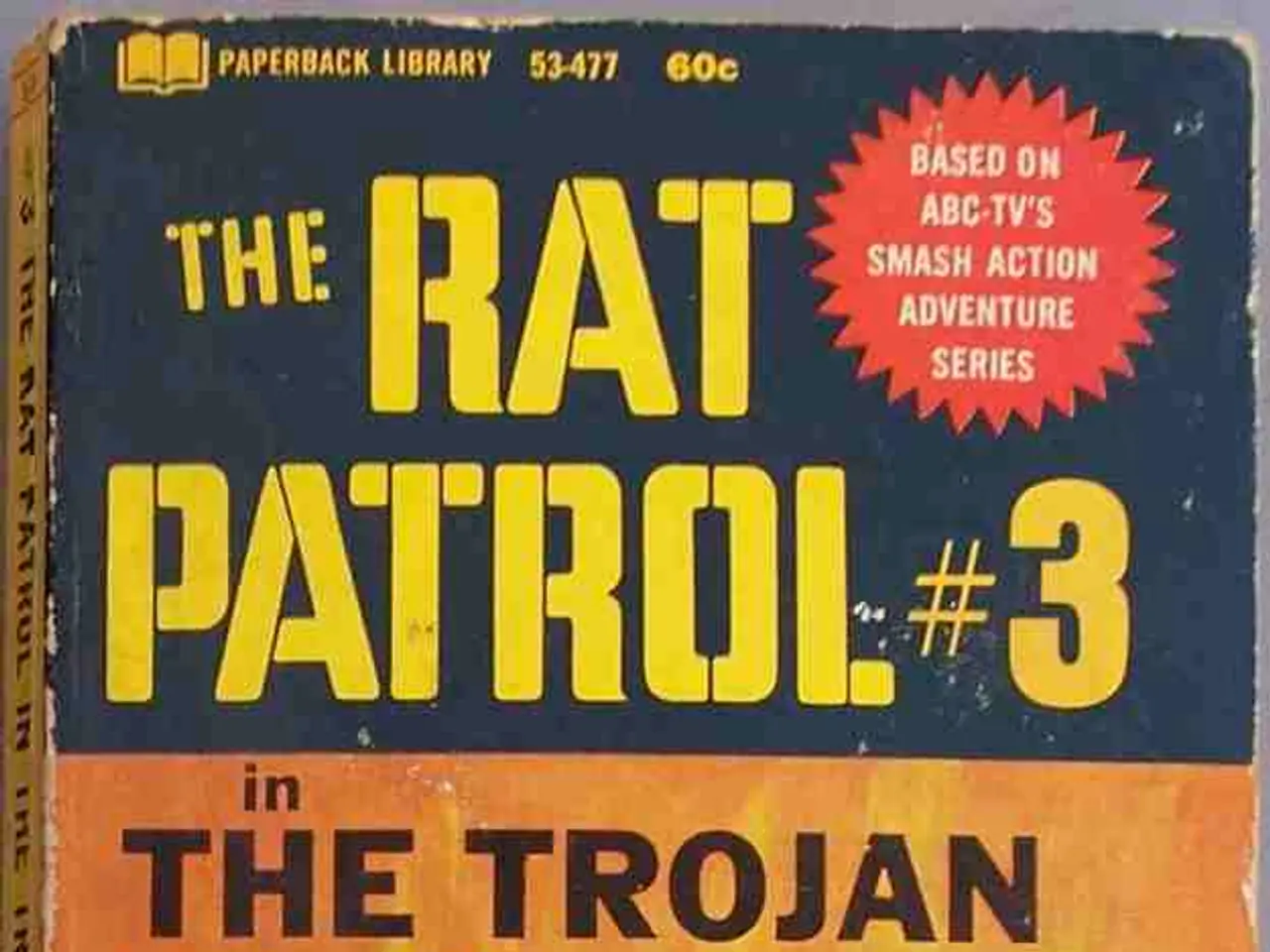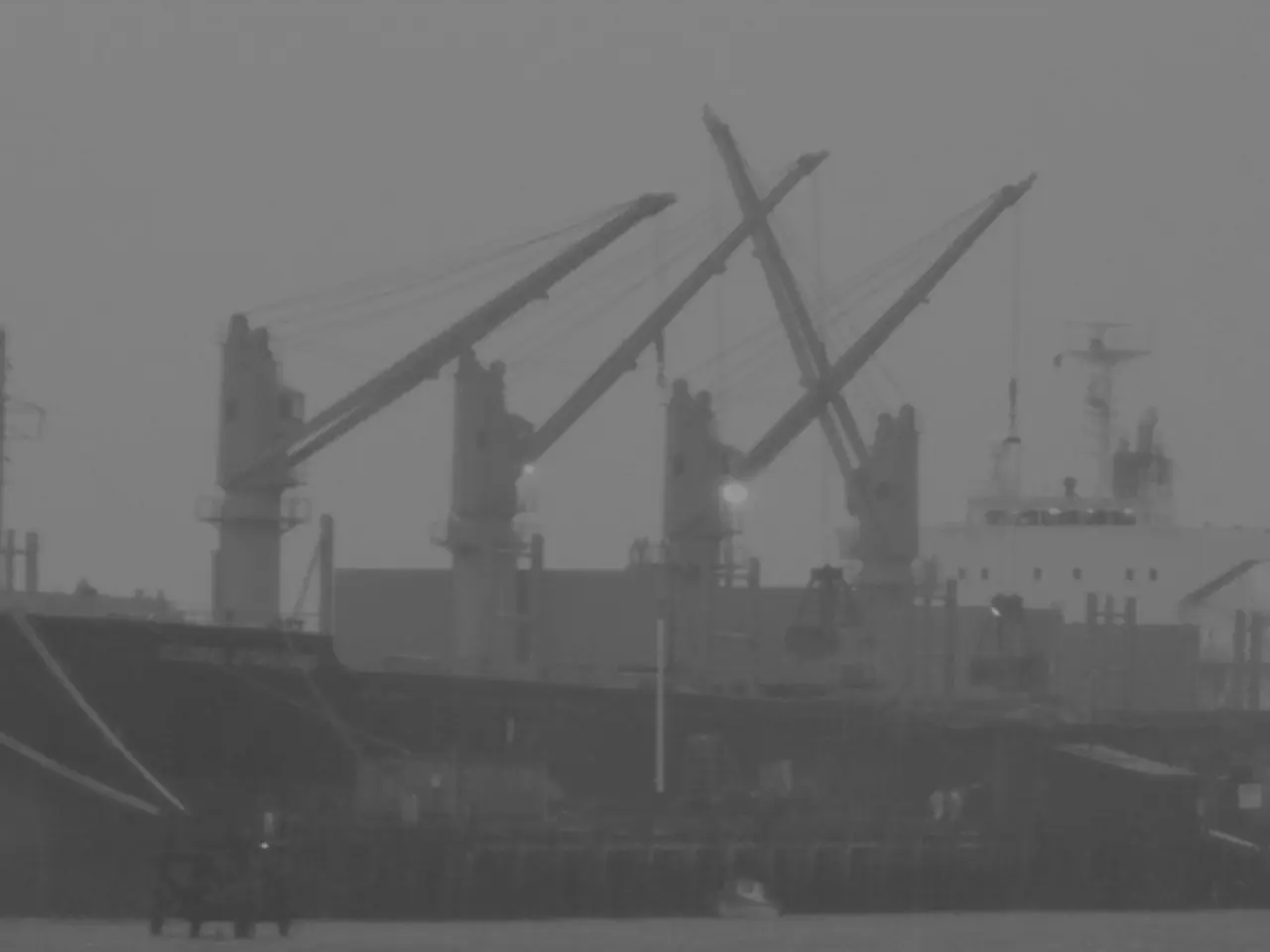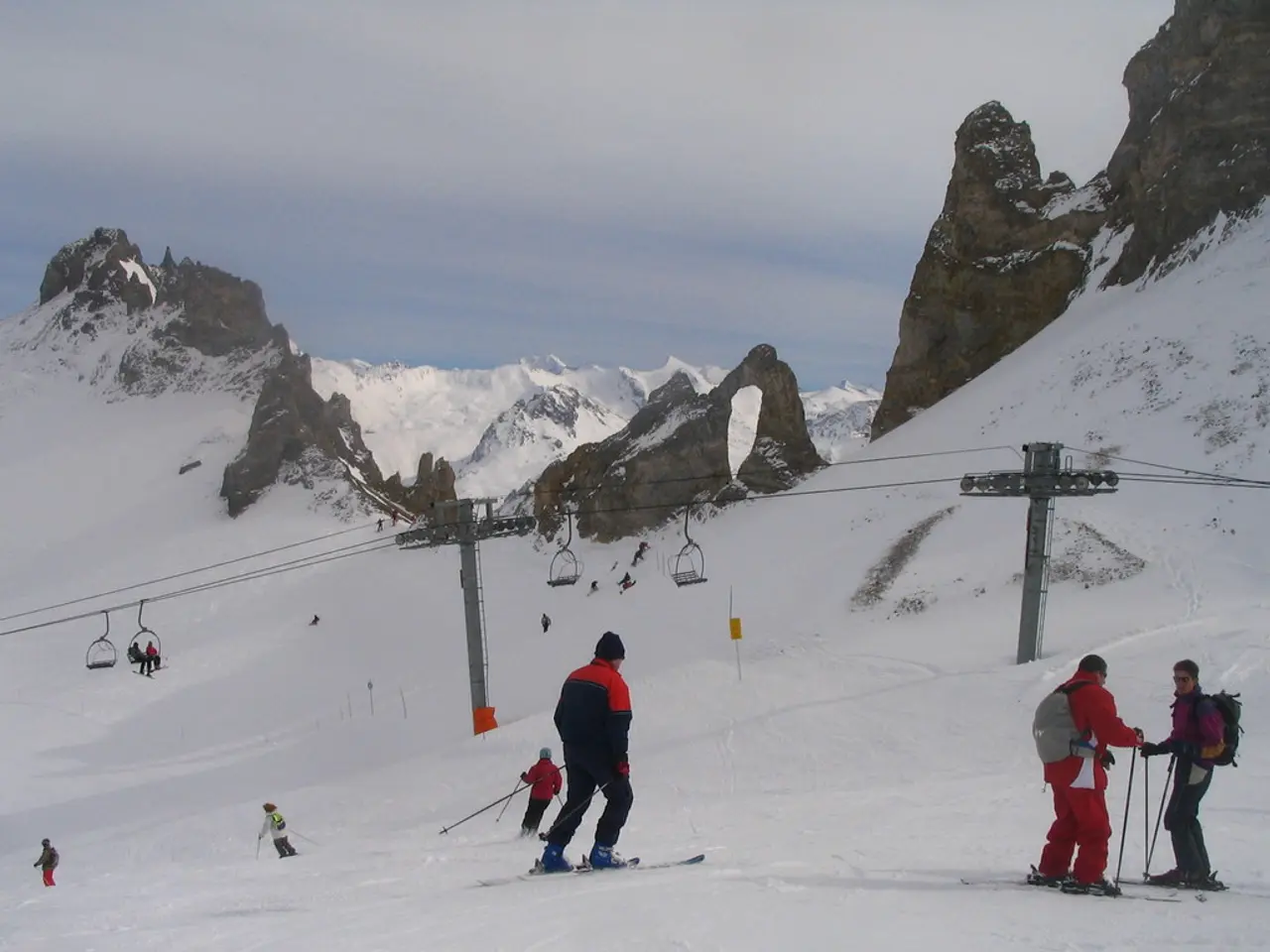Riots erupt over the Malt Tax in multiple locations across Scotland on June 23, 1725.
A Sneak Peek at Scotland's Past: The Malt Tax Riots of 1725
Get a glimpse into Scotland's turbulent history, as we delve into the Malt Tax Riots that rocked the country 300 years ago. These riots, sparked by a tax increase on malt, were a potent symbol of the resistance against English influence and a threat to the very fabric of the Union.
Stirring the Pot: The CauseThe British government, in an attempt to harmonize duties and boost revenue, extended the Malt Tax - a tax on malted barley - north of the border in 1725. This move was met with widespread opposition, as malt was a critical ingredient in the Scottish brewing and distilling industries. For many Scots, the tax was not only an economic burden but also a power play from London, further fueling resentment and resistance.
Turning Tides: The UnrestThe tax ignited violent protests, commonly known as the Malt Tax Riots, throughout Scotland. The most significant disturbances took place in Glasgow and Hamilton, cities with strong brewing industries and a history of resistance. Rioters attacked tax collectors and government property, with the situation escalating to the point where soldiers had to intervene, even firing on the crowds.
Ripples in the Union: The Political FalloutThe riots served as a stark reminder of the lingering dissatisfaction in Scotland, arising from the aftermath of the 1707 Union with England. The Malt Tax was regarded by many Scots as just another example of London's control, disregarding Scottish interests. The unrest fanned the flames of nationalism and Jacobitism - the desire to restore the Stuart monarchy and reverse the Union. The disturbances underscored the fragile nature of the Union, demonstrating how fiscal and political policies could ignite rebellion and imperil the integration between the two countries.
In essence, the Malt Tax Riots in 1725 were sparked by an unpopular tax increase perceived as an unfair imposition from London. The ensuing violence and resistance revealed underlying tensions that threatened the Union by sparking discontent and fanning the flames of rebellion in Scotland, serving as a stark reminder of the complexities of the Union's history.
Further demonstrating the political inflection in those times, the Malt Tax issue became a dominant topic in general-news coverage, reflecting the widespread dissatisfaction among Scots. Concurrently, politicians at the time, such as John Dalrymple, 2nd Earl of Stair, faced intense scrutiny as they grappled with the fallout of the riots and the volatile public sentiment towards the Union.
